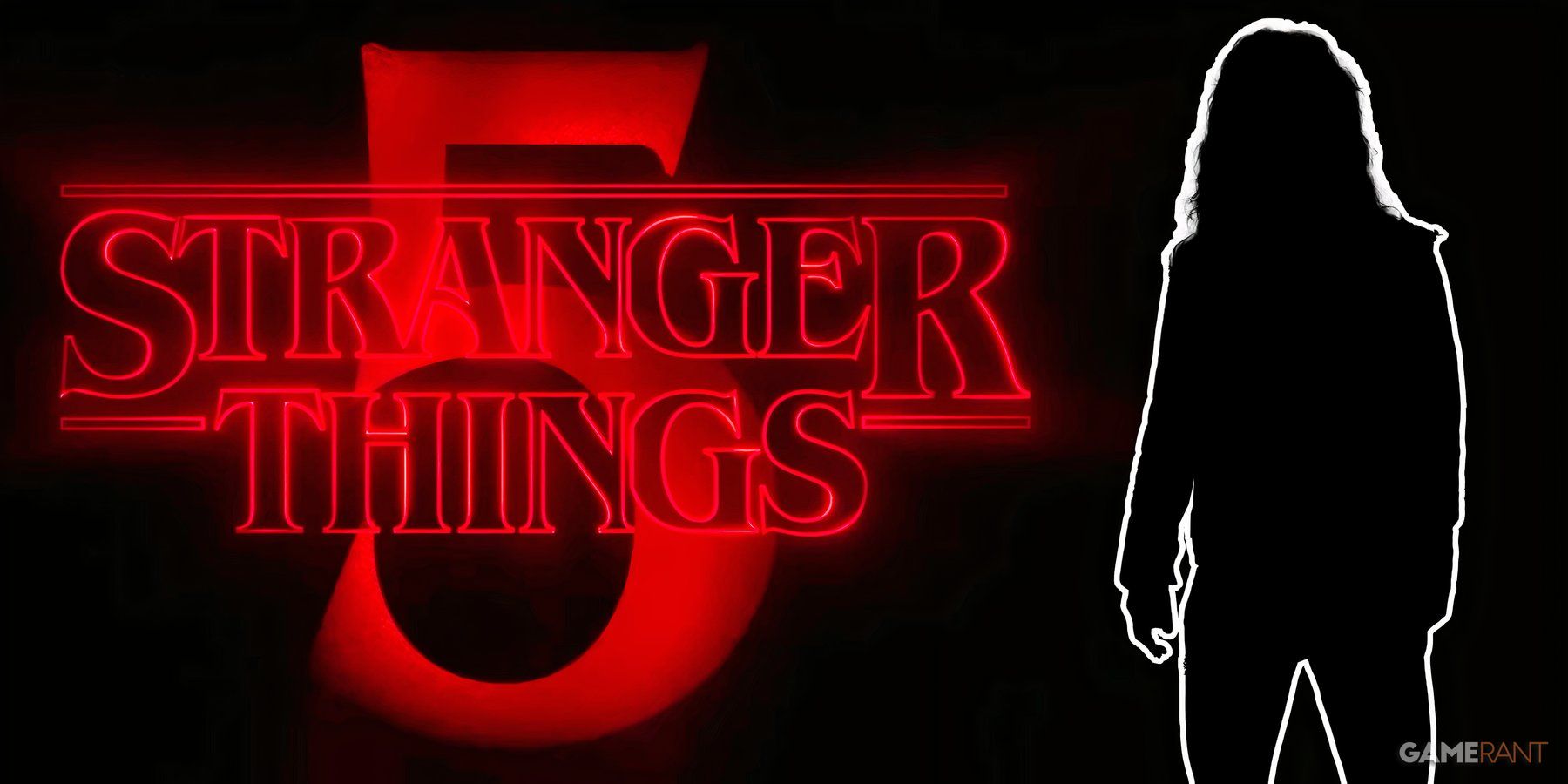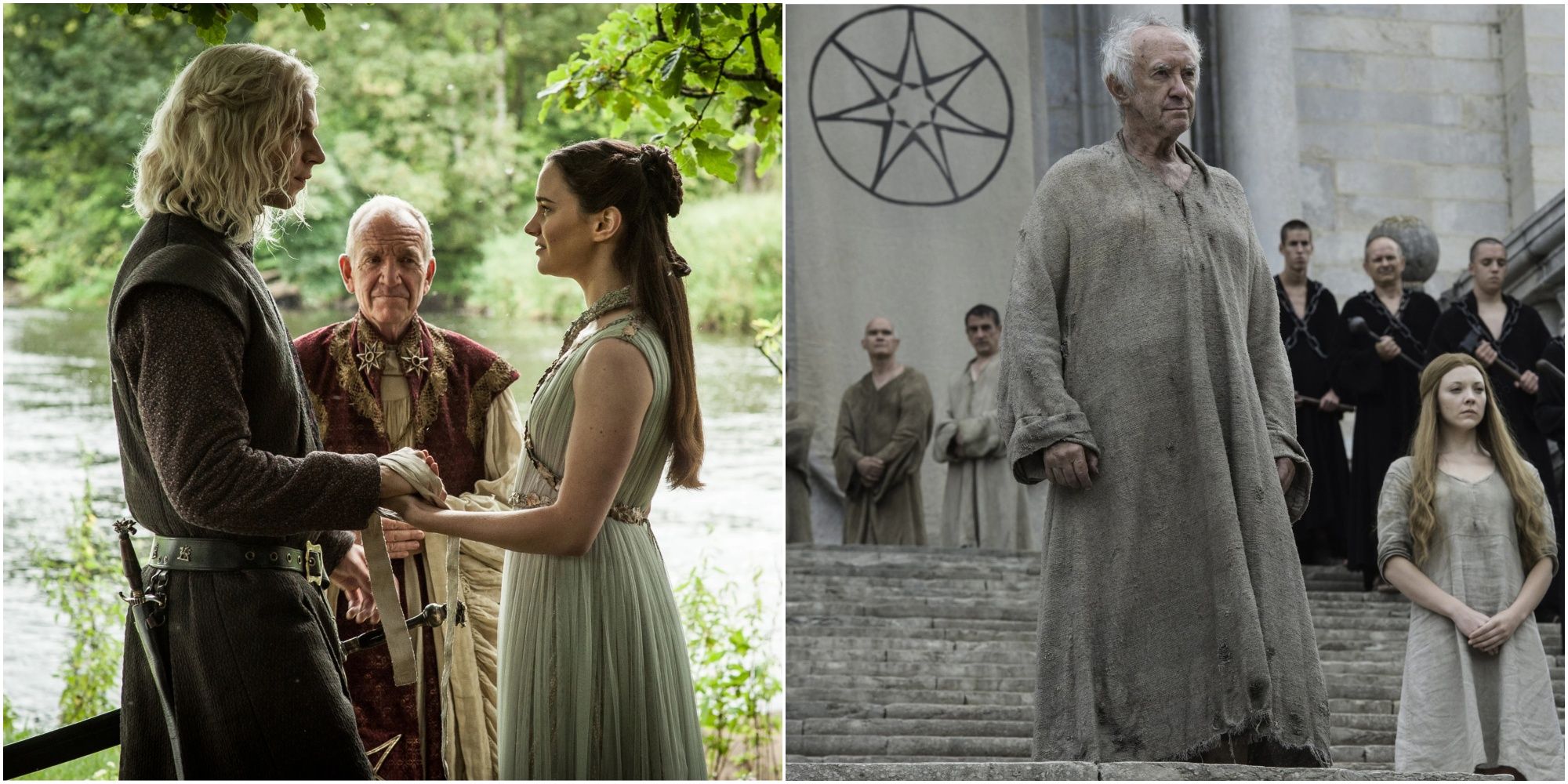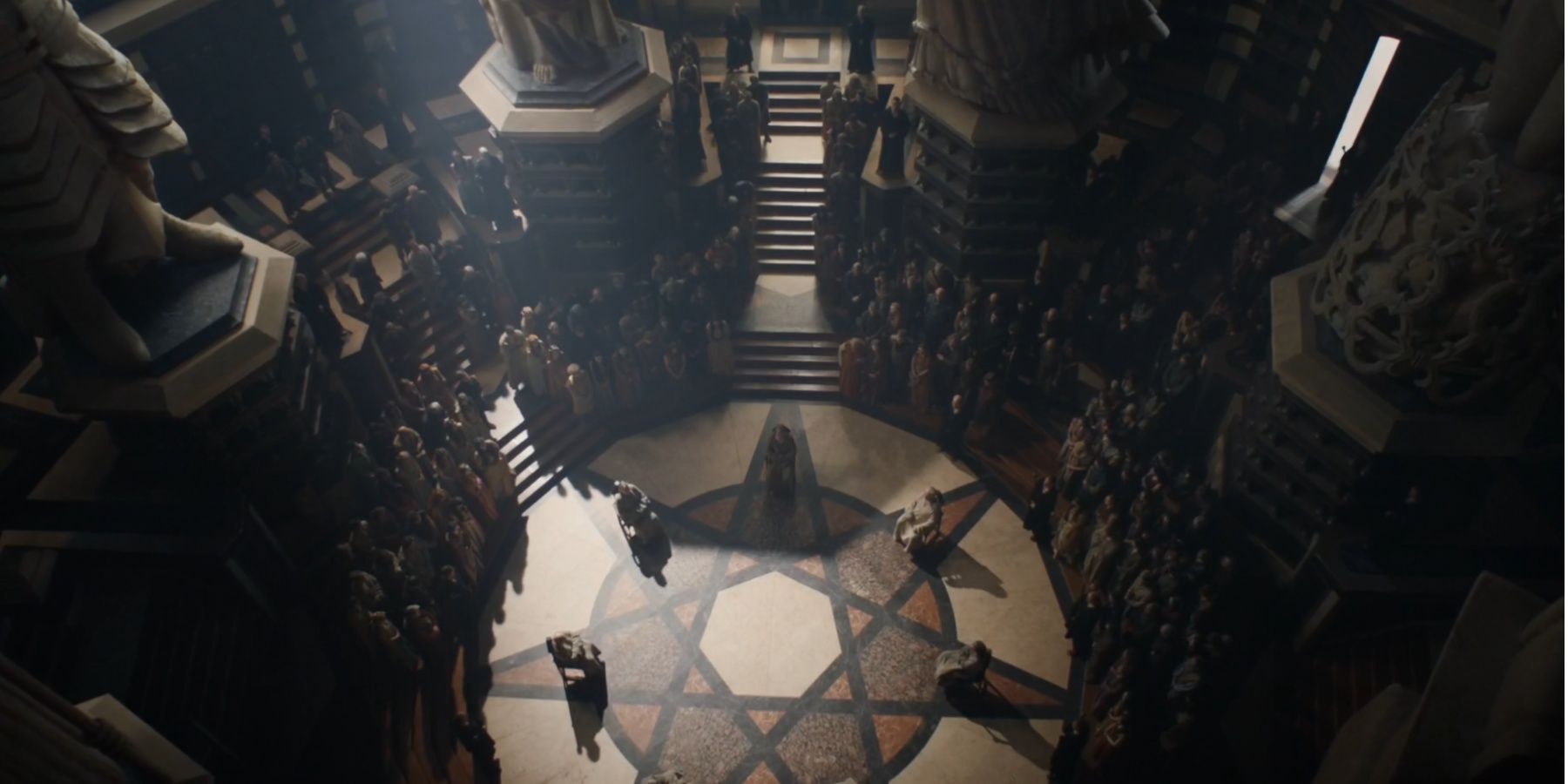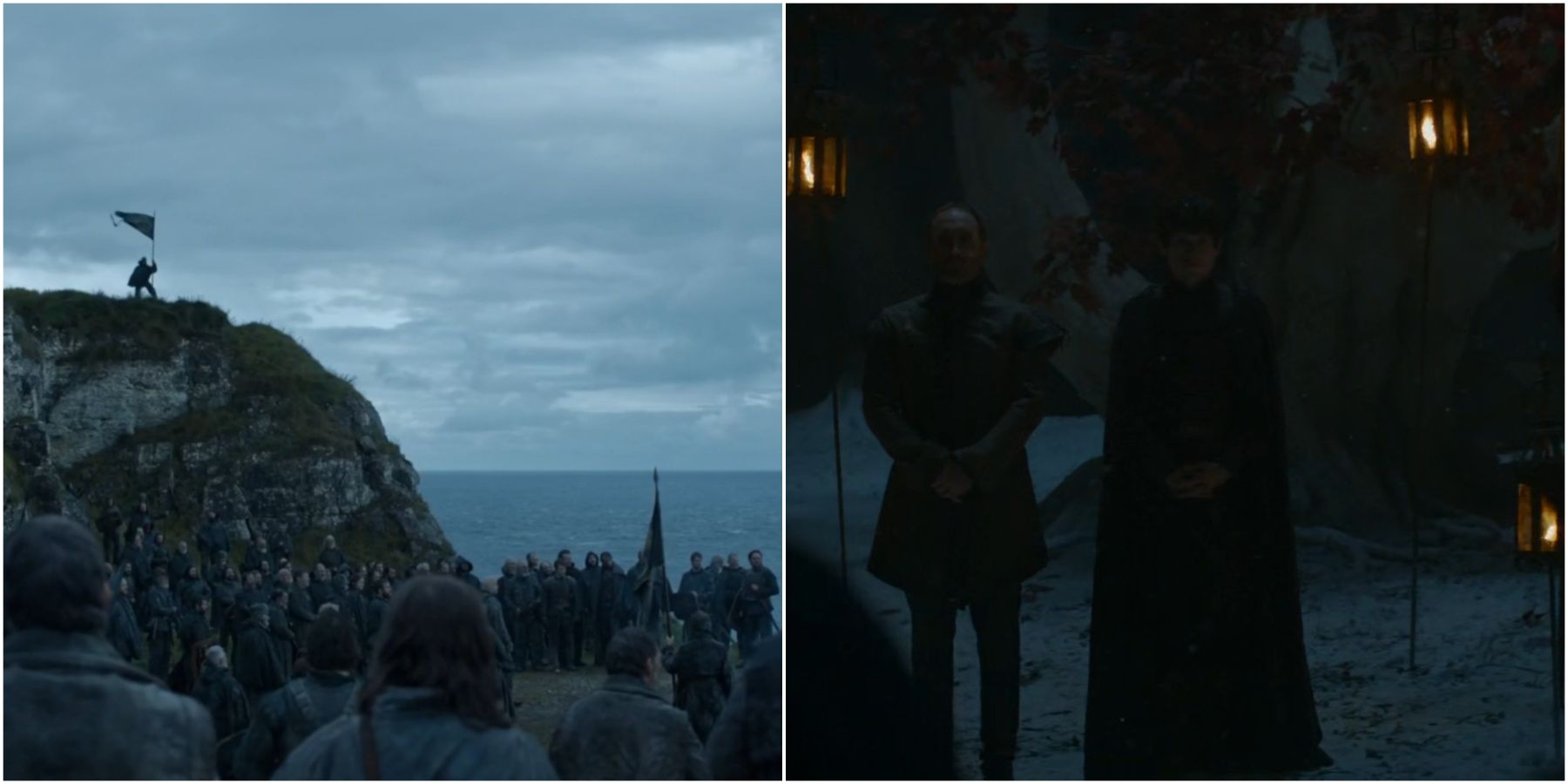Season 6 of HBO's Game of Thrones is remembered for the ruling class, composed of the Lannisters and the Tyrells, who clash against the Faith. The story begins when Cersei Lannister ruefully watches her youngest, Tommen Baratheon wed Margaery Tyrell, and later, visits the High Sparrow in the titular Game of Thrones season 5 episode.
Her visit comes after cousin Lancel Lannister, and his men storm through the doors of Petyr Baelish's establishment and drag the High Septon out onto the streets for indulging in acts unbecoming of a religious head. "You've profaned our faith, the faith of our fathers and forefathers," declares Lancel. The High Septon is beaten and paraded through the streets by members of the cult who repeatedly call him a "sinner." Later, he seeks an audience with Tommen's small council and demands that the leader of the fanatics, the High Sparrow be brought to justice.
Shortly after, Cersei pays the High Sparrow a visit while he is catering to the poor and needy. She is motivated to re-arm the Faith Militant in a bid to remove the Tyrells from the capital; but through her and the High Sparrow, viewers learn the many facets of the Faith of the Seven. Apart from the Faith, the Ironborn of the Iron Islands worship the deity known as the Drowned God, and Northerners often swear by the Old Gods. Game of Thrones explores numerous ways in which Westeros' inhabitants engage in religious practices. Jon Snow's parents, Lyanna Stark and Rhaegar Targaryen wed in a quiet Faith of the Seven style ceremony, and some characters in the show fear the gods more than others. Since religion plays a prominent role throughout the Seven Kingdoms, it is imperative to shine a light on the major religions in the continent of Westeros.
The Faith Of The Seven
Cousin Lancel affiliates himself with the Faith of the Seven which is the dominant religion in Game of Thrones. The basic tenant of the Faith is that it's monotheistic. The Faith lays down that there are seven aspects of one God, viz. the Father, the Smith, the Warrior, the Mother, the Maiden, the Crone, and the Stranger. The Faith plays a significant role in the story and has a discernable bearing on the people of King's Landing. The Faith of the Seven was brought to Westeros by the Andals, but it couldn't expand beyond the borders of the said continent. It's widespread throughout, except in the North where people still revere the Old Gods of the Forest, and the Iron Islands, where the Drowned God remains most popular. The Faith originated in Andalos in the continent of Essos and legend says that the "God of Seven" appeared before the Andals who then propagated the Faith in Westeros.
Moreover, some of the skilled Andal warriors carved the seven-pointed star (as depicted in Game of Thrones) into their flesh as a mark of devotion. The Andals also possessed weapons of steel which greatly aided them in conquering the First Men and slaughtering the Children of the Forest. They also burned down most of the Weirwood trees in the south of Westeros, which are sacred in the worship of the Old Gods of the Forest. Simply put, wherever the Andals went, they asserted religious dominance and replaced the Old Gods with the New Gods.
In the end, the Faith of the Seven succeeded the worship of the Old Gods almost entirely throughout the south of Westeros. Its military order, aka the Faith Militant, continued to enforce justice until the Targaryens stripped their powers off. In other words, they could no longer arbitrate, conduct trials or pass judgments over kings or society as they did before. The Faith also rose in arms against Targaryens after Aenys I wed his eldest daughter Princess Rhaena to his son and heir, Prince Aegon. Known as the Faith Militant uprising in Game of Thrones lore, Septon Murmison was expelled from the Faith for performing the Targaryen wedding and the High Septon denunciated Aenys as "King Abomination." Murmison's body was hacked to pieces by the order of the Poor Fellows which was made of Smallfolk. This militant uprising lasted until King Jaehaerys the Wise reconciled with the Faith, and worked out the Doctrine of Exceptionalism wherein the throne agreed to protect and defend the Faith and the latter tolerated Targaryen marriage practices.
Cersei Lannister in Game of Thrones played with fire when she reinstated the Faith Militant. This culminated in the mass persecutions by the Faith, and as she'd intended, the arrest of Loras and Margaery Tyrell. However, when Cersei herself was arrested for adultery, incest, and regicide and forced to perform a Walk of Atonement, she plotted and blew up the Great Sept of Baelor by wildfire after her release. Cersei eliminated all her enemies in one go and freed the capital city of the zealots who she had empowered in the first place.
The Drowned God And The Old Gods of The Forest
The natives of Iron Islands off the Western coast of Westeros - the Ironborn worship the Drowned God whereas the Old Gods of the Forest are popular in the North. In both these regions, the influence of the Faith of the Seven remains scant. As asserted in Game of Thrones, their doctrine justifies the Ironborn way of life which is centered on piracy, raiding, and pillaging. The Ironborn believe that the Drowned God brought fire from the sea, and created them to reave, raid, and pillage. The sea plays a key role in the religious rituals and practices of the Iron Islanders. Killing an enemy is deemed pious and the religion encourages paying the "iron price" i.e., taking possessions by force from the dead enemies and not paying or trading for things.
The polytheistic religion - the Old Gods of the Forest is a pantheon of unnamed and countless spirits of nature worshiped mainly by the Northerners. As seen in Game of Thrones, the worshipers quietly contemplate in Godswoods which are small areas of forest enclosed within a castle. The Godswoods feature in both Thrones and its prequel, House of the Dragon. The Godswood of Winterfell has a heart tree that is an ancient Weirwood tree with a face carved into its bark. It is a sacred symbol of the religion, and oaths and promises made in front of it are considered binding. Sansa Stark and the Bolton psychopath, Ramsay's wedding ceremony in Game of Thrones took place before the Weirwood tree in the Godswood of Winterfell. The bride was brought before the heart tree "to beg the blessings of the Gods." Sansa took Ramsay as her husband in the presence of Roose Bolton, Lady Walda Frey, Myranda, Theon Greyjoy, and other Northerners.






